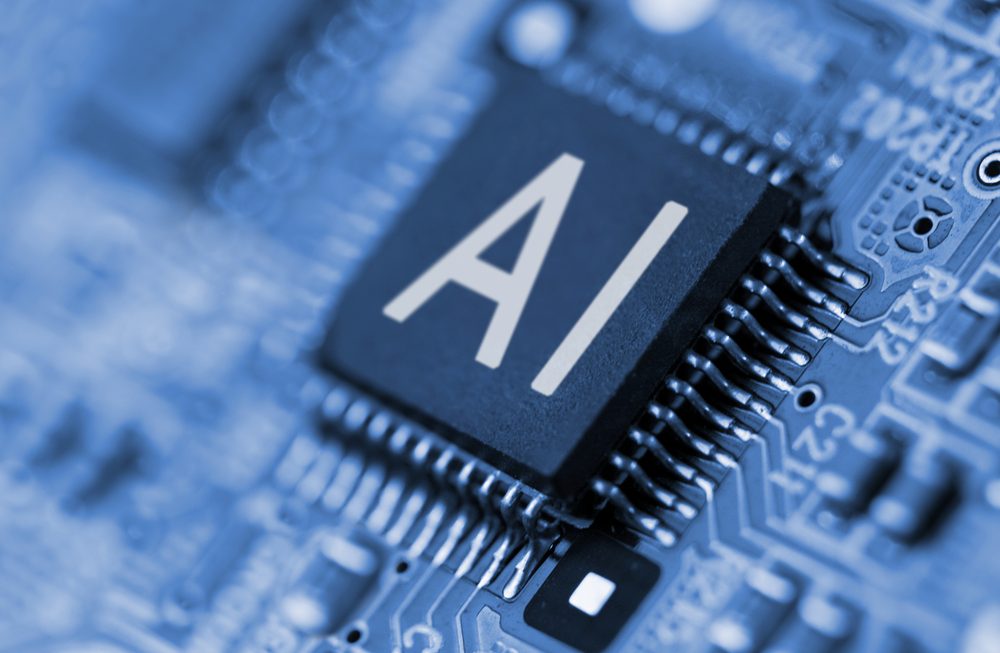Thanks to Kurt Cannon (SVP, LIQUID) for his contribution.
About a year ago, I recall chatting with a CIO of a >$0.5B concern and asking if he was familiar with the term “RPA.” To my surprise, he was not but, very quickly came up to speed due to its potential. That example is becoming very “rare” as RPA (Robotic Process Automation) interest continues to skyrocket. The latest RPA growth forecasts are >40% per year for the next 3-5 years (see previous post). A more telling statistic was shared during the recent Process Excellence Network’s (PEX) Artificial Intelligence and RPA Live 2017 conference. “It is estimated ~5% of companies >$1B in size have piloted or implemented RPA. In 12 months that number is projected to more than triple to ~18%!” That tremendous growth is fueled by the successes of the early adopters and technology pioneers like Automation Anywhere, Blue Prism, UiPath, who have done an excellent job documenting success stories for the world to see. However, there appears to be an underlying and disconcerting trend, in which 30% (or more) of initial implementations are failing. It is clear that the issue is NOT the technology but, how it is being implemented. This post will cover some of the reasons for this trend along with recommendations to address it.
The Facts
It is not unusual for major initiatives to suffer setbacks during implementation. Experts will state that executive support and commitment is the most important critical success factor for any major initiative. In a recent post by Brian Solis and Capgemini, they surveyed 1,700 executives and employees in 340 organizations across eight countries, and their analysis points to employee culture being the number one hurdle to digital transformation. Both these reasons apply to RPA and may be contributing to a portion of the failures, but let’s discuss the RPA-specific factors:

- Not Starting Simple – Some companies have prioritized automation of larger and more complex processes (first) due to the potential benefits. Larger processes typically have multiple exception scenarios, several variations and involve more stakeholders that contribute to implementation delays.
- Lack of Strategy – Short term tactical approaches may yield short term benefit but, when companies face unanticipated changes in their IT environment, the markets they serve which cause process changes (i.e., regulatory changes), or have a customer-driven need to scale quickly, the initial implementation is often impacted/slowed or even scrapped due to a lack of strategic perspective.
- Unrealistic Expectations – It is not unusual for leadership to set “stretch” goals even for a pilot. RPA is often seen as the “silver bullet” for operational problems and broken processes, when it is simplistically one of the tools available to quickly improve process efficiency.
- People – Downplaying or ignoring the impact to employees and their capacity for change sets the organization up for failure (see Brian Solis’ article). Many of us have been through process or technology transformations that have dramatically changed employee roles. Long term “sustainable” success of most transformations is directly proportional to how effectively you lead the organization through the change process. RPA is no different…
I didn’t share any company names but, for those of us who have been on this journey, we have experienced one or more of the above observations to some degree. For more specific customer or vendor insights, both SSON and PEX have had recent RPA and AI (Artificial Intelligence) conferences and have posted some of the presentations on their websites.
Best Practices
Despite its early stage of development, there is a growing number of lessons learned being shared as the RPA industry moves forward. This sharing is beneficial for the industry at large, especially due to the high number of new entrants into the space over the last 2-3 years. As you start your RPA journey, or if you are early in the journey, here are some best practices to consider:

- Strategy/Vision – It is generally agreed that the most important thing for an organization to do is to first establish an RPA strategy as part of a broader digital strategy. Both business and IT resources working jointly with inputs from experienced vendors/consultants in the broader Intelligent Automation space would be ideal. During a recent conference in Germany hosted by IQPC, Softomotive, one of the industry leaders, shared that the most important but most challenging thing to do is to establish a vision.
- Know and Choose the Right Processes – Although many of the RPA platforms are very intuitive using drag and drop functionality to build processes, their most important input is a clearly understood and documented process, including scenarios and variations. Canon recently shared that
it is important to automate the straightforward processes (repetitive, rule-based and don’t require judgement), but it is equally important to understand all the exceptions within. Not all exceptions are suitable for automation. Identifying and automating the right exceptions will provide significant business value in the short term.
Kurt Cannon, Senior Vice-President for LIQUID, a digital solution provider to a variety of end-markets including industrial gases.
- Start Small Think BIG – I’ve used this phrase and have heard others using something similar to drive many transformation journeys. It’s the same for RPA. Start with a small pilot (or proof of concept), establish a stable of quick wins, to build momentum and internal stakeholder support. Following an agile methodology rather than waterfall seems to be the preferred approach, due to agile’s ability to break processes into several small increments aiding the speed of implementation.
- Sustainability Plan – An outflow from the strategy/vision. Encompasses initial/future solution architecture, standards/policies surrounding a digital workforce, security, audit, change management and establishing a multi-functional IT/business team that serves as a Center of Excellence (COE). The timing of setup is debatable but the consensus is that earlier is better, and to stage the build-out in concert with the speed of the RPA build-out. Centrica and British Gas, during the Shared Services Outsourcing Week (SSOW) Europe conference, shared their COE journey. It started with small core of experts within the IT organization supporting and enabling a “virtual” team of RPA analysts within the business. Most COEs are conceptually similar although, where the COE resides may differ.
- Change Management / Communication – Let’s be clear, roles will dramatically change or “ultimately” go away as a result of an RPA implementation. Some employees will embrace the change, while others will resist and may never adapt. In all cases, it is critical to engage the impacted employees in the change. Automation Anywhere as part of an automation of mission-critical HR processes (including all data gathering and input tasks) at a client, was able to reduce hours spent by 65%, and eliminate 100% of errors, while increasing employee morale in the process.
In addition, there are other best practices that may be specific to a vendor or consultant based on their experience. As an example, Celonis, a world market leader in process data mining, would advocate that utilization of Big Data analytics to assess and benchmark processes upfront, as being critical to speed up and focus the RPA implementation. They shared some of their results at their client Vodaphone, during the recent PEX AI and RPA 2017 conference, where they increased perfect purchase orders to 85% while increasing time to market by 20%.
The Future
Although RPA has had some bumps in the road, the pioneers, early adopters and recent entrants are all helping to move this technology forward. And recall, RPA is only the first step in the Intelligent Automation spectrum, followed by cognitive technologies and artificial intelligence which are well underway. As an example, at a recent demo of Automation Anywhere’s IQ Bot solution advertised as the industry’s first purpose-built cognitive automation bot designed to learn. It was able to execute a process, observe and learn the scenarios of a simple invoicing process, over a very short period of time… the future is approaching fast…
In a recent HfS article, it states that
RPA provides the building blocks for digitizing rudimentary processes ….but the broader market for intelligent automation is more than 10x the size!
https://www.hfsresearch.com/
So, the question becomes, since you have all the facts, the best practices, and a view of the future, what are you waiting for?
Art Anderson is Managing Principal for AH Anderson Consulting, LLC, which focuses on helping companies be more productive, efficient and competitive. He has 25+ years of experience in various end-markets including industrial and specialty chemicals, manufacturing, semiconductors, aerospace and several others. Specific expertise in strategic transformation, optimizing commercial operations, implementing global business and shared services, leveraging process excellence tools, and improving both internal and external customer experience. Prior to consulting, Art had a successful career at a Fortune 300 in a variety of business and functional leadership roles. Most recently, he was a Director and member of the executive team leading the transformation from Shared Services to a Global Business Services framework leveraging a host of intelligent automation technologies. Learn more at www.linkedin.com/in/artandersonjr. Art can be reached directly at artanderson100@gmail.com.




